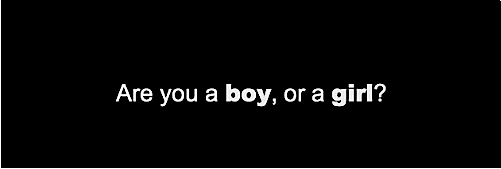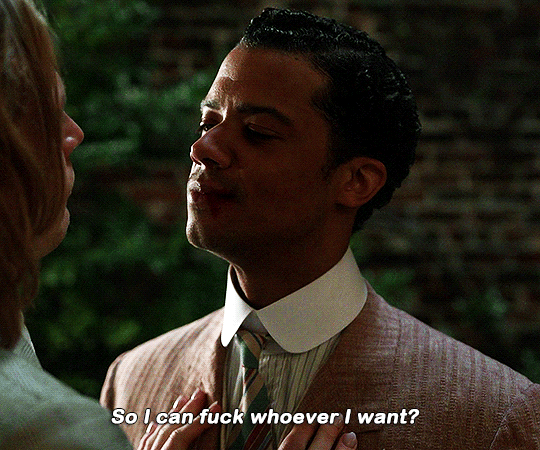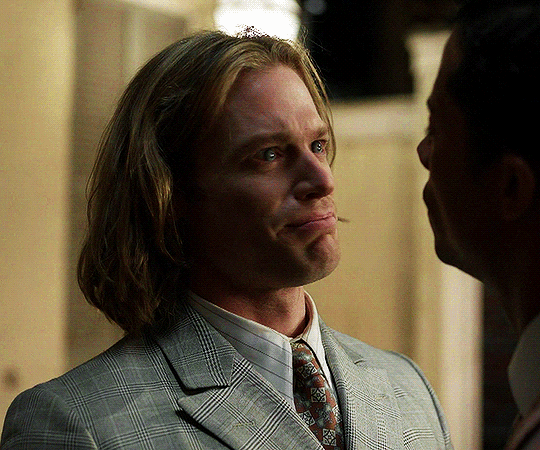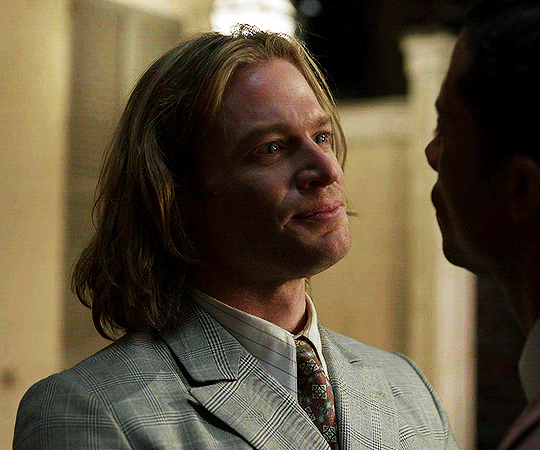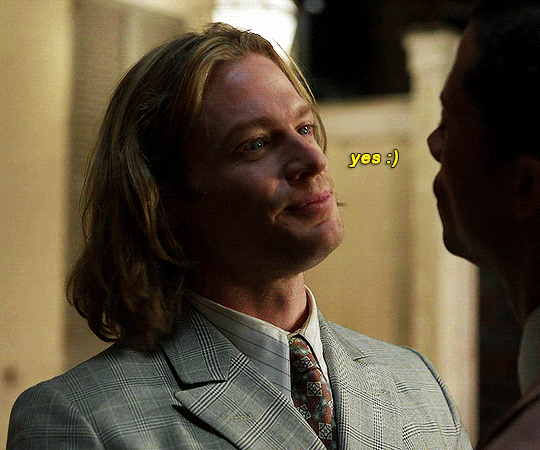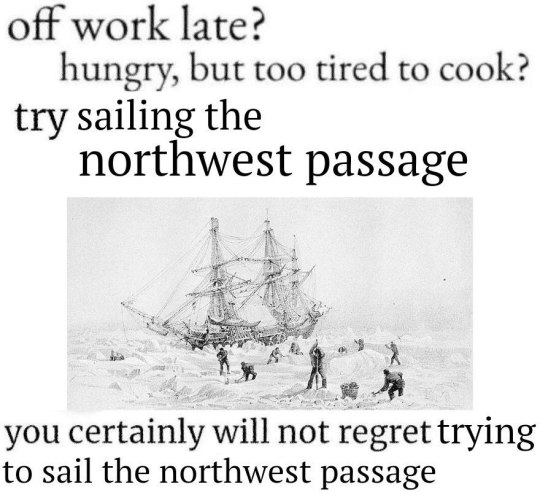Text
(SOUND IS CRUCIAL) this video is has murdered me dead the music the editing the way information is slowly revealed about the two of them the plot twist the breaking bad images. WILLIAM WILLIAM WILLIAM. all over minecraft parkour someone help im seizing
4K notes
·
View notes
Text
Anytime @shaydh posts anything
i think of this ProZD video constantly its always so fucking funny
100K notes
·
View notes
Text


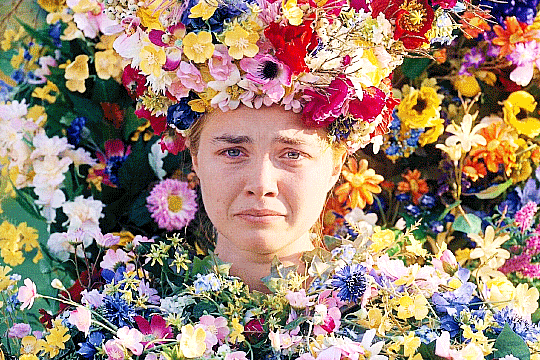
#just a girl having a very mid summer
123 notes
·
View notes
Text

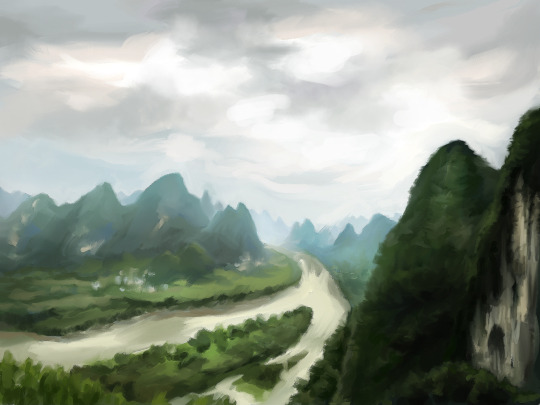
Landscape studies from Guilin
44 notes
·
View notes
Text
If you’re wondering what the whole drama regarding tieflings is in the Dungeons & Dragons fandom: basically, capitalism ruined tieflings, and for once that’s not even slightly a joke.
Tieflings were first introduced as a playable species in Dungeons & Dragons 2nd Edition, via the Planescape campaign in 1994. At the time, there were no particular rules regarding what a tiefling was supposed to look like. The text explicitly stated that their basic physiology could vary wildly depending on what their fiendish ancestor was, and one of the first major Planescape supplements even included a table for randomly generating your tiefling’s appearance, if you were into that sort of thing.
This continued to be the case up through the game’s Third Edition. However, when the Fourth Edition rolled around in 2008, the game’s text suddenly became very particular about insisting that all tieflings looked pretty much the same. Some campaign settings even provided iin-character explanations for why all tieflings now had a standardised appearance. Understandably, this made a lot of people very annoyed.
There was naturally a great deal of speculation concerning what had motivated this change. It was widely cited as “proof” that Dungeons & Dragons was trying to appeal to the World of Warcraft fanbase – which was nonsense, of course; nearly all of the Fourth Edition’s allegedly MMO-like features were things that popular MMOs had borrowed from Dungeons & Dragons in the first place, and to the extent that tieflings’ new look resembled a particular WoW race, it was in that they were both extraordinarily generic.
In reality, it was a change that had been lurking for some time. Though Dungeons & Dragons is directly published by Wizards of the Coast, Wizards of the Coast is in turn owned by Hasbro, and Hasbro has long regarded the D&D core rulebooks as a vehicle for promoting D&D-branded merch – in particular, licensed miniature figures.
This was a bugbear that had reared its head before. When the Third Edition received major revisions in 2003, Hasbro corporate had ordered the game’s editors to completely remove any discussion of how to improvise minifigs for large battles, and replace it with an advertisement for the then-current Dungeons & Dragons Heroes product line. Implying that purchasing licensed minis wasn’t 100% mandatory simply would not do.
If you’ve gotten this far, you’ve probably already guessed where this is going: tieflings having no standard appearance made it difficult to sell tiefling minifigs, as any given minifig design would only be suitable for a small subset of tiefling characters. In the brutally reductive logic of the corporate mind, Hasbro reasoned: well, if we tell tiefling players that all of their characters now look the same, we can sell them all the same minifigs. So that’s what the game did, going so far as to write justifications into several published settings for magically transforming all existing tiefling characters to fit the new mould!
This worked about as well as anyone who isn’t a corporate drone would naturally anticipate – and that’s the story of how capitalism ruined tieflings.
48K notes
·
View notes
Text
vampirism poses the question "what if there was a fundamental, horrible, unending well of want in your soul that, if truly satisfied, would lead to great pain for all those you hold closest and, in turn, their absolute and total revilement of you?" and naturally as a person with no problems I don't relate to this in any way at all.
28K notes
·
View notes
Text
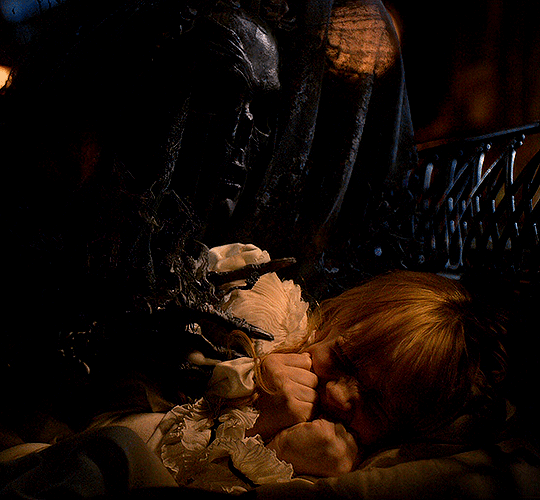
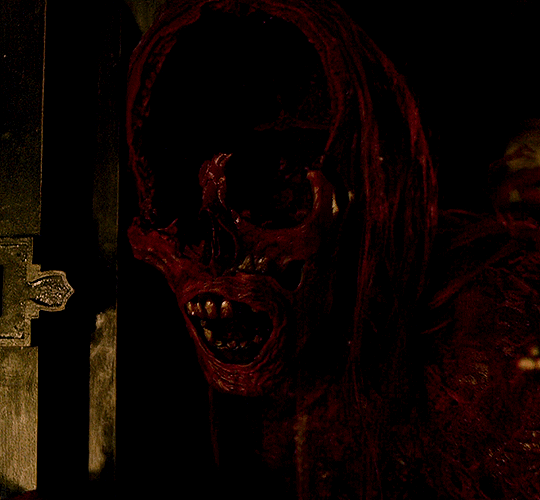



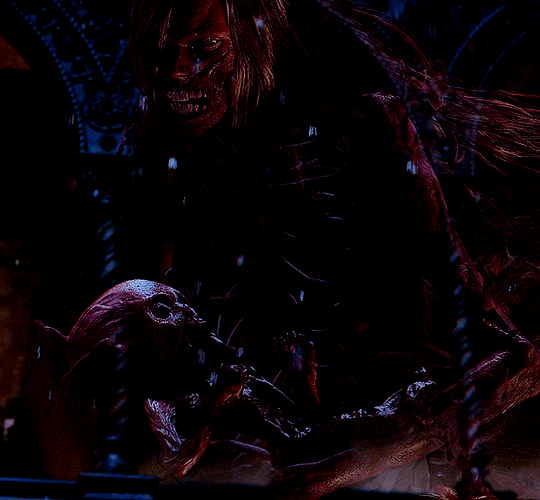
CRIMSON PEAK (2015) dir. Guillermo del Toro
1K notes
·
View notes
Text
no no no, it’s totally fine—will you excuse me for a moment? (steps outside to shriek and sob)
13K notes
·
View notes
Text




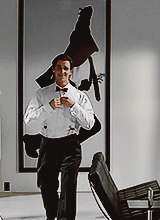




"There are no more barriers to cross. All I have in common with the uncontrollable and the insane, the vicious and the evil, all the mayhem I have caused and my utter indifference toward it I have now surpassed. My pain is constant and sharp, and I do not hope for a better world for anyone. In fact, I want my pain to be inflicted on others. I want no one to escape. But even after admitting this, there is no catharsis; my punishment continues to elude me, and I gain no deeper knowledge of myself. No new knowledge can be extracted from my telling. This confession has meant nothing."
Horror Character Appreciation - Christian Bale as Patrick Bateman in American Psycho (2000) dir. Mary Harron
397 notes
·
View notes
Text
17K notes
·
View notes






